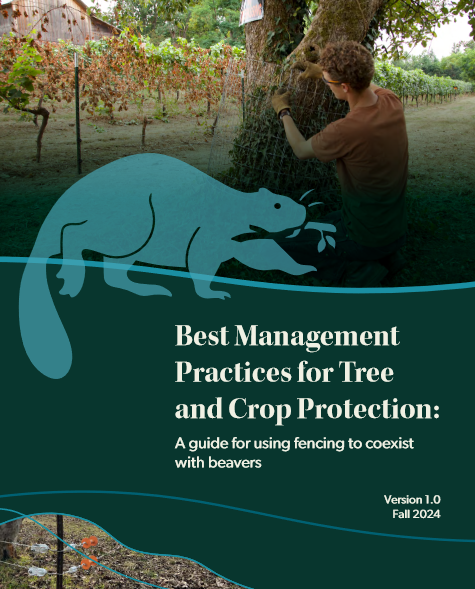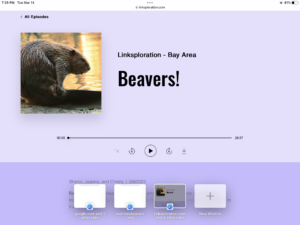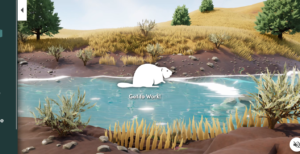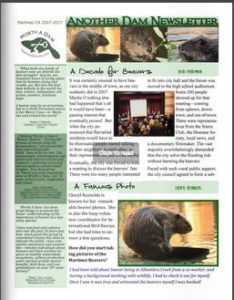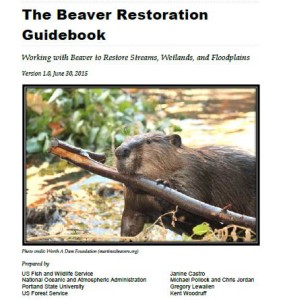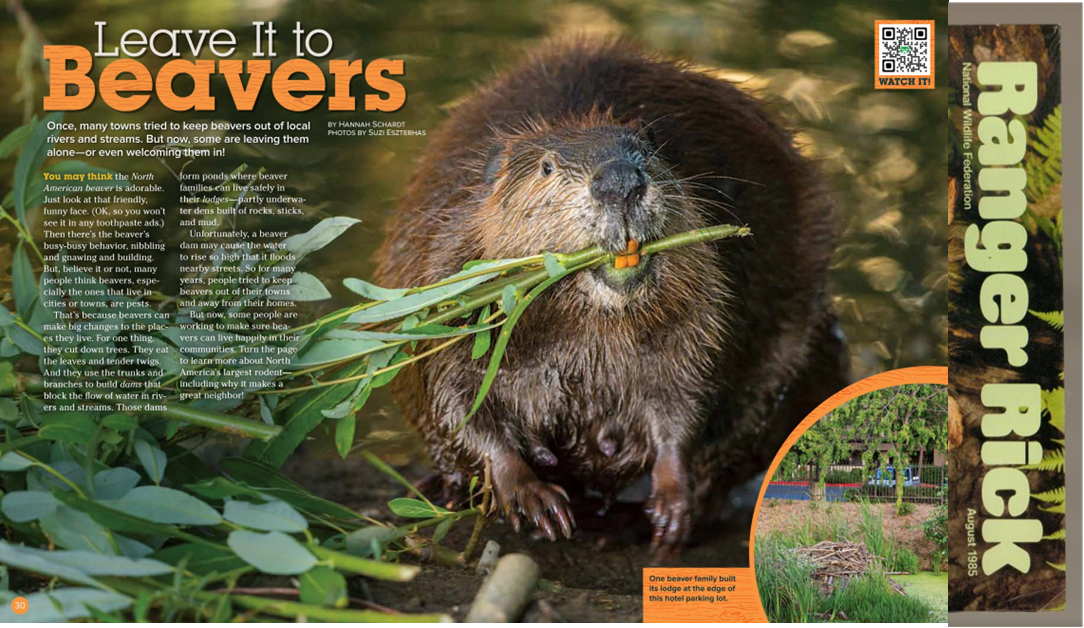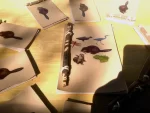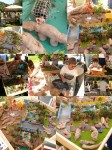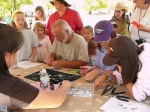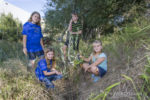How to get rid of unwanted beavers? There are many schools of thought. There are people in Washington that advocate strongly for taking beavers away from problem areas and dropping them into the high country where they might do some good. In California we have decided in our golden and infinite wisdom that the best thing to do with unwanted beavers is to require a piece of paper that lets you crush them in a squeezing trap underwater. But other places have other ideas – from snares, to shotguns and everything in between,
Meanwhile, Scotland still can’t make up its mind.
CONSERVATIONISTS, welfare campaigners and the Scottish Greens have criticised delays in giving legal protection to wild beavers.
Some have blamed the Scottish Government and some have hit out at farmers, who have defended the hold-up despite fears it will mean more of the animals suffering and being shot.
Scottish Wildlife Trust (SWT) said farmers themselves are to blame, using delaying tactics to block new laws which would give European protected species status to the animals.
England, of course, is working hard to avoid being thought of as “European” but Scotland would like the title. So there is a boatload of pressure asking action on the promise that was made two years ago – namely for the free beavers to be treated as a protected species. Which officials keep dragging their feet about.
 The trust said the Government must “stop pandering” to farmers, and fears continued unregulated culling of adult beavers by farmers will mean beaver young, or kits, being left to die.
The trust said the Government must “stop pandering” to farmers, and fears continued unregulated culling of adult beavers by farmers will mean beaver young, or kits, being left to die.
But the National Farmers Union in Scotland (NFUS) said new rules for controlling beavers needed to be tried and tested before the introduction of protected status. “Any delay in timescales is justifiable,” NFUS environment and land use manager, Andrew Midgely, told The Ferret.
“Keep pandering! Our position is strongly in favor of more pandering!” Says the farmer’s union. I have to admit to being a little curious how a farmer’s union works. Who do they work for exactly? Dthey ever go on strike?
SNH would only licence culling using accredited and trained controllers, Davies said. “That would give us better information on numbers being taken out in the countryside and help inform animal welfare issues,” she added.
“Animal welfare is a really important consideration, in particular in terms of whether adults might be taken out and leave dependent young, for example. ‘‘If you bring in a new management approach there could be controls on the timing of when animals can be taken out.”
You know, call me old school, but at the end of the day it seems to me that whether you die from being squeezed underwater or die from being shot in the head, you are equally dead. We know licensed trappers leave kits stranded too. Where do you think all those cute “orphans” in rehab come from?
 NFUS’s Midgley refused to be interviewed about the delay. Instead he issued a statement saying the union accepts beavers will remain in Tayside, and in places beavers and people can co-exist happily.
NFUS’s Midgley refused to be interviewed about the delay. Instead he issued a statement saying the union accepts beavers will remain in Tayside, and in places beavers and people can co-exist happily.
But in “highly productive agricultural areas” he said beavers undermine river banks and protective flood banks, and impede farmland drainage by burrowing and damming.
He said: “It is therefore essential that when beavers are formally protected, there is a comprehensive management framework in place to give farmers confidence that they will be able to deal with problems should they arise, or indeed prevent problems from arising in the first place.”
It’s the ‘preventing problems’ that I hate. It’s this accepted policy that the risk of problems one day happening is worth the death of an animal right now. Imagine how we would feel if this was applied to people. “You look like the sort of person that one day might rob a grocery store so we’ve decided to ‘cull’ you and prevent the problem”.
 “There’s no rational reason for further delays to laying the statutory instrument before Parliament to secure protected species status. The process to secure protected species status must happen now, and the pandering to a handful of farmers must stop.”
“There’s no rational reason for further delays to laying the statutory instrument before Parliament to secure protected species status. The process to secure protected species status must happen now, and the pandering to a handful of farmers must stop.”
She said it was no longer worth SNH’s Scottish Beaver Forum continuing to meet because it “just needs a decision from ministers” on legislation
 ‘‘We would urge the Scottish Government to bring in legal protection for this wonderful native animal as soon as possible before more Scottish beavers suffer the same fate.”
‘‘We would urge the Scottish Government to bring in legal protection for this wonderful native animal as soon as possible before more Scottish beavers suffer the same fate.”
The Greens’ Ruskell, pictured below, said: “Nearly 10 years after wild beavers were reintroduced in Argyll it’s deeply frustrating that these iconic animals still lack legal protection – despite the Government agreeing to protect them back in 2016.
Did we say protect them? We meant we’d protect them from boring lives. This living in terror for two years has got to add spice to their otherwise work-laden lives, right? How long does it take to keep promises in Scotland?
Apparently a little longer than 2 years.
When I said I would die a
bachelor, I did not think I should live till I were married.
Much Ado About Nothing 2:3
 By now, 6 months after its publication, I’ve heard Ben give a lot of interviews about his book, Eager: The surprising secret lives of beavers and why they matter. So many interviews, in fact, that while they still matter, nothing about a beaver’s life is secret OR surprising anymore. There is usually some part of the interview I wished he’d made clearer or some issue I wish he’d brought up. As somewhat of a connoiseur of the Ben-terview I have become his most adoring critic. But this interview with Tom Williams on Utah public radio yesterday was perfect.
By now, 6 months after its publication, I’ve heard Ben give a lot of interviews about his book, Eager: The surprising secret lives of beavers and why they matter. So many interviews, in fact, that while they still matter, nothing about a beaver’s life is secret OR surprising anymore. There is usually some part of the interview I wished he’d made clearer or some issue I wish he’d brought up. As somewhat of a connoiseur of the Ben-terview I have become his most adoring critic. But this interview with Tom Williams on Utah public radio yesterday was perfect.
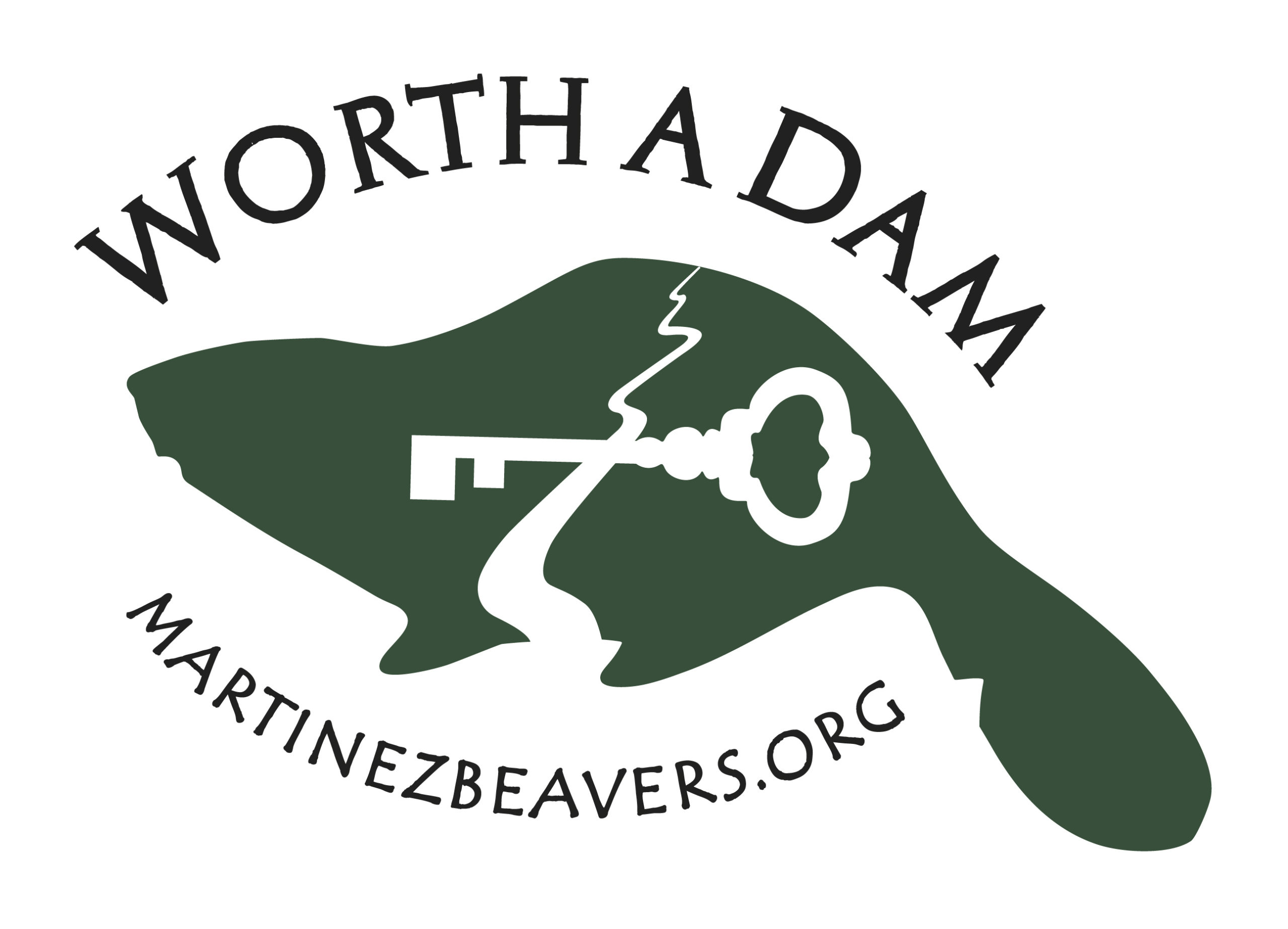

 The Re-beavering of the American West
The Re-beavering of the American West If corporate America ever got it’s hands on you. you haven’t escaped the mandatory office ‘
If corporate America ever got it’s hands on you. you haven’t escaped the mandatory office ‘
 The trust said the Government must “stop pandering” to farmers, and fears continued unregulated culling of adult beavers by farmers will mean beaver young, or kits, being left to die.
The trust said the Government must “stop pandering” to farmers, and fears continued unregulated culling of adult beavers by farmers will mean beaver young, or kits, being left to die. NFUS’s Midgley refused to be interviewed about the delay. Instead he issued a statement saying the union accepts beavers will remain in Tayside, and in places beavers and people can co-exist happily.
NFUS’s Midgley refused to be interviewed about the delay. Instead he issued a statement saying the union accepts beavers will remain in Tayside, and in places beavers and people can co-exist happily. “There’s no rational reason for further delays to laying the statutory instrument before
“There’s no rational reason for further delays to laying the statutory instrument before  ‘‘We would urge the Scottish Government to bring in legal protection for this wonderful native animal as soon as possible before more Scottish beavers suffer the same fate.”
‘‘We would urge the Scottish Government to bring in legal protection for this wonderful native animal as soon as possible before more Scottish beavers suffer the same fate.” As if it wasn’t enough to be on national news, the Port Moody beavers and their hard-working champions have also made it into the local front page. Judy wrote that they had their first, three hour beaver management meeting yesterday with the city, and she is cautiously optimistic. (Given that she is truly Canadian, that I have to say that sounds pretty cautious.)
As if it wasn’t enough to be on national news, the Port Moody beavers and their hard-working champions have also made it into the local front page. Judy wrote that they had their first, three hour beaver management meeting yesterday with the city, and she is cautiously optimistic. (Given that she is truly Canadian, that I have to say that sounds pretty cautious.)



